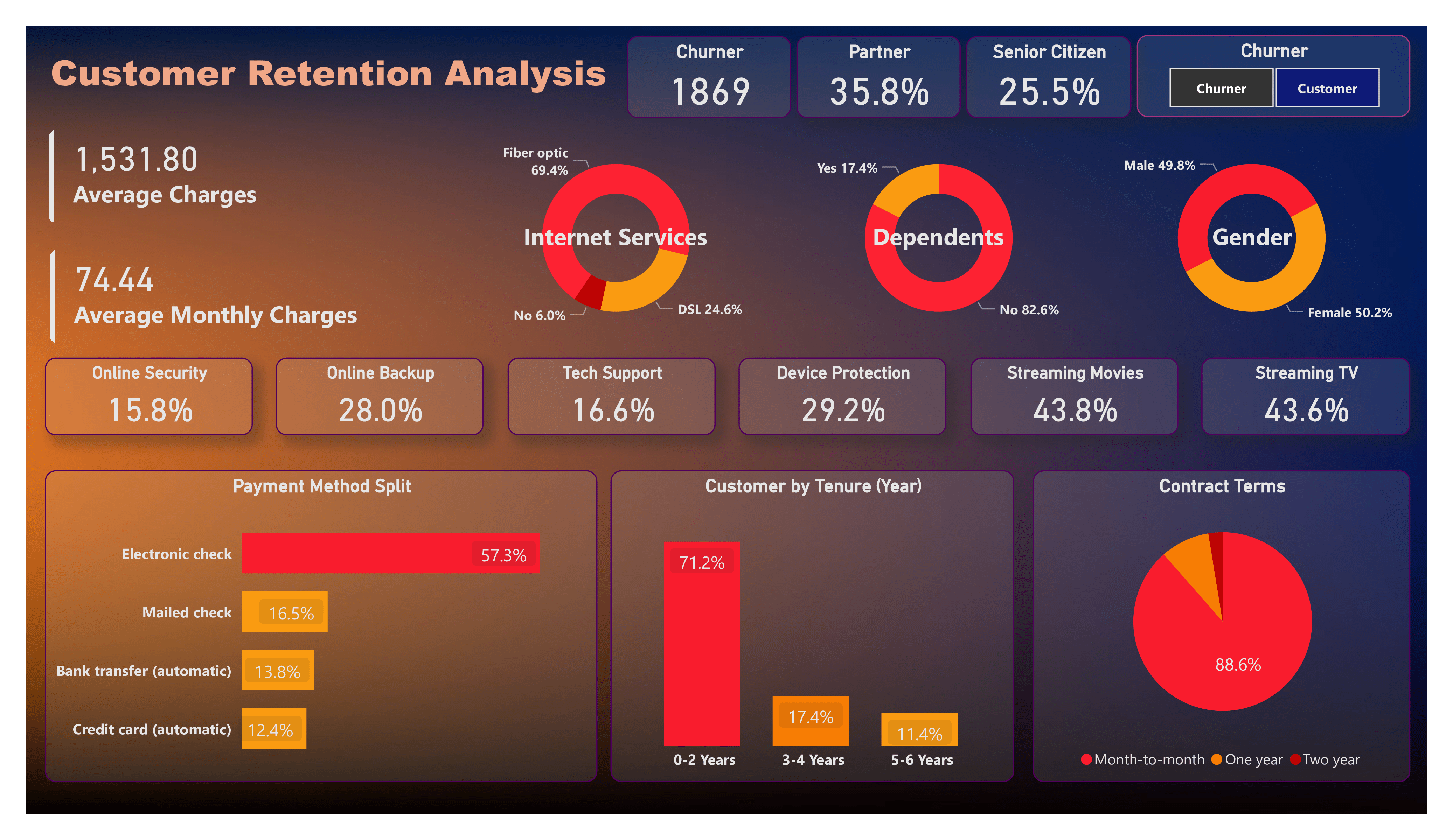Code Clause Verified Project - Credentials
Click on the following link to checkout the colab file.
Project Description: The objective of this project is to develop a predictive model for churn prediction in the telecom industry. Churn prediction is crucial for telecom companies to retain customers and maintain profitability. By leveraging logistic regression, we aim to analyze historical customer data and predict the likelihood of a customer churning. This model will assist telecom companies in taking proactive measures to retain at-risk customers and enhance their services, ultimately reducing churn rates and increasing customer satisfaction.
Key Objectives:
- Build a predictive model using logistic regression.
- Analyze historical customer data to identify patterns leading to churn.
- Develop a tool for telecom companies to predict and reduce churn.
- Contribute to the telecom industry's efforts to improve customer retention and service quality.
Project Highlights:
- Utilizes machine learning to address a real-world problem in the telecom sector.
- Enhances customer retention strategies.
- Promotes data-driven decision-making in the industry.
In the dynamic landscape of the telecom industry, customer churn, or the loss of subscribers, is a pressing concern. The Churn Prediction in Telecom Industry project leverages logistic regression, a machine learning technique, to address this challenge. By analyzing historical customer data and developing a predictive model, this project empowers telecom companies to proactively identify and retain at-risk customers, ultimately improving service quality and business sustainability.
Key Highlights:
-
Data-Driven Insights: The project harnesses historical data to uncover hidden churn patterns, providing telecom companies with actionable insights to reduce customer attrition.
-
Predictive Power: Through the application of logistic regression, the project creates a powerful predictive model that can accurately anticipate customer churn, enabling timely interventions.
-
Enhanced Customer Retention: By identifying at-risk customers, telecom companies can implement targeted strategies to enhance their experience, foster loyalty, and reduce churn rates.
-
Data Science in Action: This project showcases the real-world application of data science in solving industry-specific challenges, highlighting the potential for machine learning to optimize business processes.
-
Telecom Sector Impact: The project's success can significantly impact the telecom industry by fostering data-driven decision-making, improving customer retention, and boosting overall service quality.
The Churn Prediction in Telecom Industry project aims to provide telecom companies with a reliable tool to address customer churn effectively, ultimately contributing to the industry's growth and sustainability.
Customer Retention Analysis Live Dashboard
The Churn Prediction in Telecom Industry project revealed key insights:
-
Customer Demographics: The dataset presents a near-even distribution of male and female customers, with a relatively small percentage (16%) being senior citizens.
-
Partners and Dependents: Roughly 50% of customers have a partner, while only 30% have dependents, suggesting a predominantly single customer base.
-
Contract Patterns: Many opt for short one-month contracts, while a significant number stay for around 72 months.
-
Contract Types: The majority favor month-to-month contracts, with notable numbers choosing one-year or two-year terms. Month-to-month customers exhibit a higher churn rate.
-
Billing Impact: Total charges correlate with higher monthly bills, and customers with high monthly charges tend to churn more.
-
Churn Rates: 74% of customers do not churn, especially those with longer tenure. Higher-aged customers exhibit higher churn rates.
-
Machine Learning Insights: Hyperparameter tuning significantly improved the Logistic Regression model, demonstrated higher precision, recall, accuracy, ROC-AUC, and F1 scores. Achieving an impressive 78% accuracy and recall on the test dataset.
The project has provided valuable insights into customer behavior, churn patterns, and the impact of various factors on customer retention. These findings can inform strategic decisions and customer-focused initiatives within the telecom industry.

